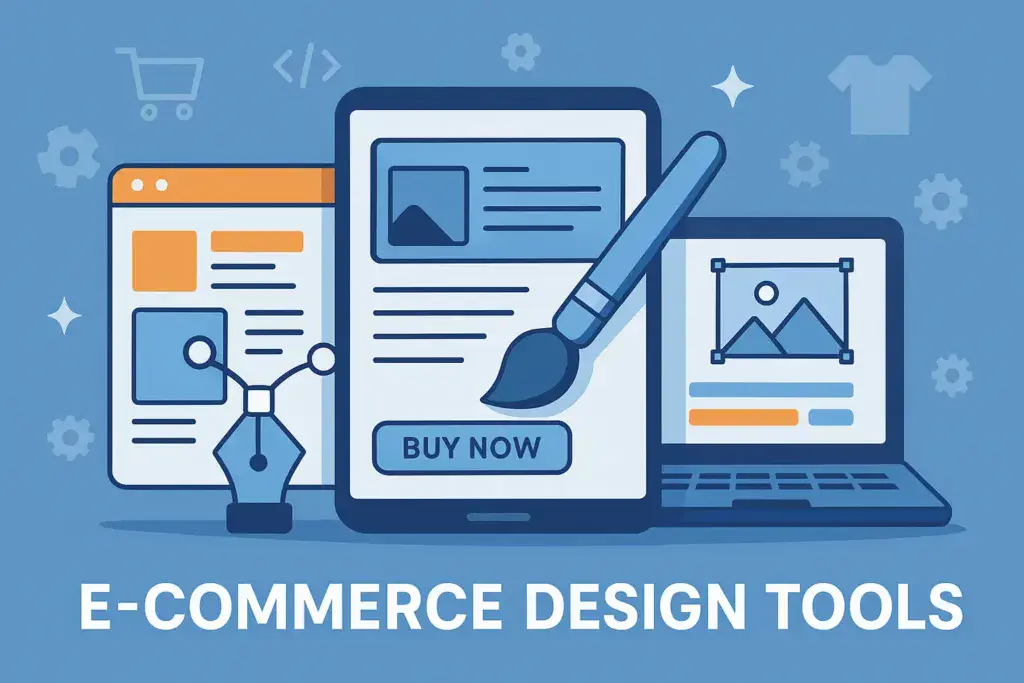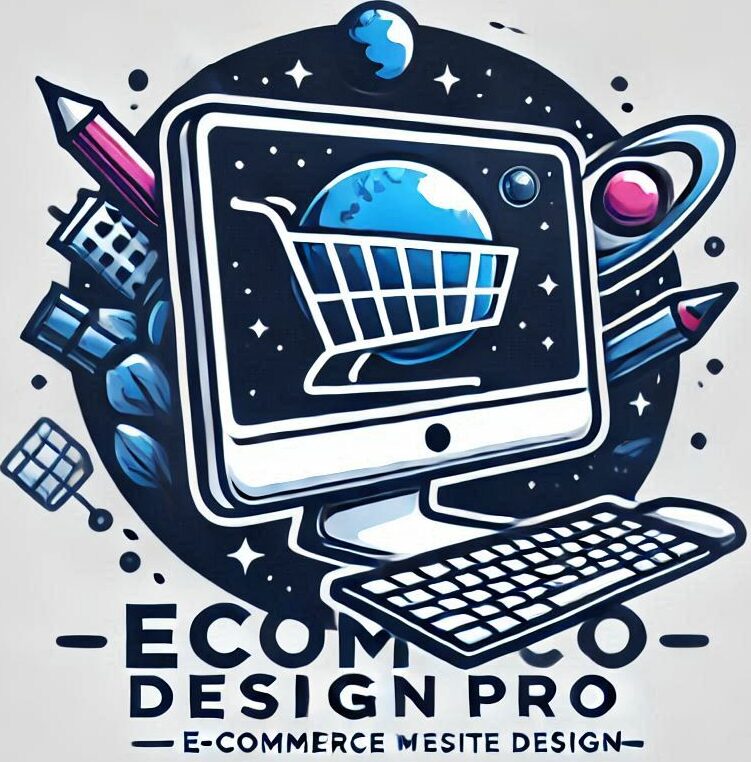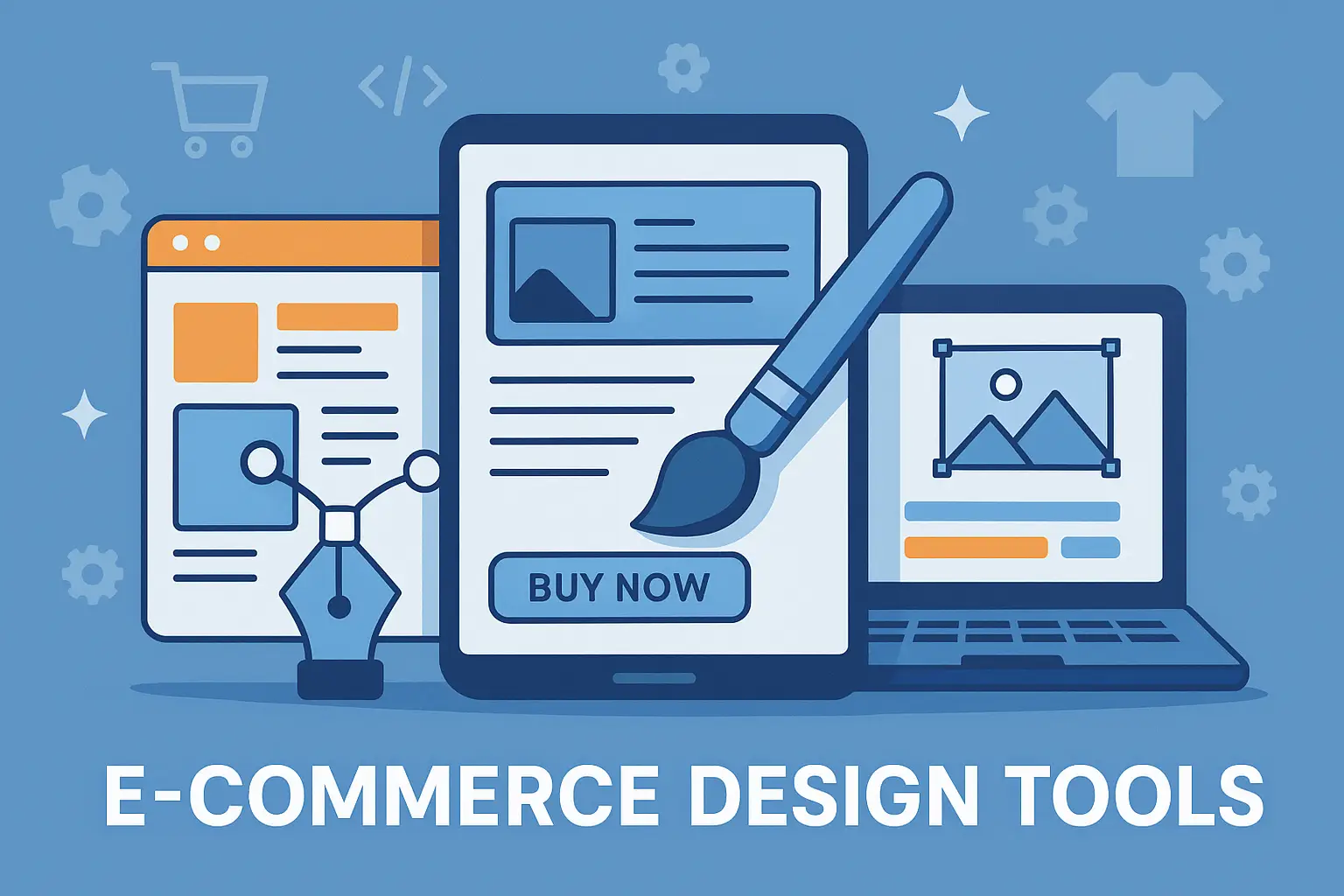
I. Introduction to E-Commerce Design Tools
In the fast-paced world of e-commerce, well-crafted design can significantly influence a brand’s success. With countless online stores vying for consumer attention, the importance of an aesthetically pleasing and user-friendly design cannot be overstated. Effective design not only enhances the visual appeal of a website but also improves user experience, fosters trust, and ultimately drives sales. As such, beginners looking to establish their online presence must equip themselves with the right tools to create stunning e-commerce designs.
Fortunately, there is a wealth of design tools available that cater to various skill levels and needs. From graphic design software to website builders and prototyping tools, the options can be overwhelming for those just starting. However, these tools are invaluable for simplifying the design process, allowing beginners to focus on bringing their vision to life without getting bogged down by technical complexities.
This article aims to provide an overview of some of the most recommended e-commerce design tools for beginners. Whether you are looking to create eye-catching graphics, build a user-friendly website, or prototype your ideas, there are tools tailored to help you succeed. By understanding the available options, you can make informed decisions that align with your design aspirations and business goals.
II. Graphic Design Tools
In the realm of e-commerce, visual appeal plays a pivotal role in attracting and retaining customers. Graphic design tools empower beginners to create stunning visuals, marketing materials, and product images that can significantly enhance the overall shopping experience. Below, we explore some of the most recommended graphic design tools that cater to the needs of novice designers, each offering unique features and functionalities.
A. Canva: User-Friendly Interface
Canva is a go-to graphic design tool for beginners due to its intuitive and straightforward interface. With a vast library of templates, images, and design elements, users can easily create eye-catching graphics for social media, advertisements, and product listings. Canva allows for drag-and-drop functionality, making it accessible even for those with no prior design experience. Additionally, its collaborative features enable teams to work together seamlessly, sharing projects and feedback in real-time. The free version offers ample resources, while the premium version unlocks even more advanced tools and assets.
B. Adobe Spark: Powerful Features for Beginners
Adobe Spark is another excellent option for beginners looking to create high-quality visuals without a steep learning curve. This tool excels in creating social media graphics, web pages, and short videos. With its user-friendly templates and design assets, users can produce professional-looking content quickly. Spark also offers customization options that allow users to maintain brand consistency across their projects. Moreover, integration with other Adobe products provides a pathway for beginners to expand their skills as they become more comfortable with design principles.
C. Figma: Collaborative Design Capabilities
Figma stands out in the graphic design landscape for its collaborative features, making it an ideal choice for beginners who may want to work with others on their design projects. As a web-based tool, Figma allows multiple users to edit and comment on designs in real time, fostering a dynamic and interactive design process. This is particularly beneficial for those working in teams or seeking feedback from peers. While Figma is often used for interface design, beginners can also leverage its tools to create stunning graphics, marketing materials, and prototypes, all within one platform.
In summary, these graphic design tools provide a solid foundation for beginners venturing into the world of e-commerce design. Each option offers unique features that cater to different needs, ensuring that even those with no prior experience can create visually appealing content that captures the attention of potential customers.
III. Website Builders
When it comes to establishing a strong online presence for your e-commerce business, website builders are essential tools. They simplify the process of creating a professional-looking website, even for those without extensive technical knowledge. Here, we explore three popular website builders that are particularly suitable for beginners.
A. Shopify: All-in-One E-Commerce Solution
Shopify is a leading e-commerce platform that provides a comprehensive solution for online retailers. With its intuitive interface, Shopify allows beginners to set up their online stores quickly and efficiently. Users can choose from a variety of customizable templates to create a unique look for their brand. One of Shopify’s standout features is its robust inventory management system, which helps users keep track of products, sales, and customer data seamlessly. Additionally, Shopify supports integration with various payment gateways, making it easy to process transactions securely. For those looking to scale their business, Shopify offers numerous apps and extensions to enhance functionality, ensuring it remains a viable option as your e-commerce venture grows.
B. Wix: Drag-and-Drop Simplicity
Wix is another popular website builder that appeals to beginners thanks to its drag-and-drop functionality. This user-friendly platform allows users to design their websites visually without needing to write any code. Wix offers a diverse range of templates specifically designed for e-commerce, ensuring that users can find a style that suits their brand. Additionally, the platform includes features such as an integrated shopping cart, SEO tools, and mobile optimization, allowing beginners to create a fully functional online store without overwhelming complexity. Wix also offers a free plan, making it an attractive option for those just starting out and looking to experiment without any financial commitment.
C. Squarespace: Visually Appealing Templates
Squarespace is renowned for its stunning, professionally designed templates that cater to a variety of aesthetics. This platform is particularly suitable for creative entrepreneurs who want their e-commerce sites to reflect their artistic vision. Squarespace provides a range of essential e-commerce features, including inventory management, customizable product pages, and built-in marketing tools. Its user-friendly interface makes it easy for beginners to navigate and customize their websites, while the responsive design ensures that the site looks great on any device. Squarespace also includes powerful analytics tools, enabling users to track their sales performance and make data-driven decisions to optimize their e-commerce strategies.
In summary, website builders like Shopify, Wix, and Squarespace offer beginner-friendly solutions that empower users to create and manage their e-commerce sites with ease. Each platform has its unique strengths, so it’s essential to consider your specific needs and preferences when selecting the right one for your online business.
IV. Prototyping and Wireframing Tools
Prototyping and wireframing tools are essential for beginners venturing into e-commerce design, allowing them to visualize their ideas and create functional layouts before diving into full-scale development. These tools help streamline the design process, making it easier to communicate concepts and gather feedback. Below, we explore some of the best prototyping and wireframing tools suitable for beginners.
A. Balsamiq: Quick Wireframing Tool
Balsamiq is a favorite among beginners for its simplicity and intuitive drag-and-drop interface. This tool allows you to create low-fidelity wireframes quickly, focusing on layout and functionality rather than intricate design details. The sketch-like appearance of Balsamiq wireframes encourages feedback and collaboration without overwhelming users with design choices. With its library of pre-made components, beginners can easily assemble their ideas into a coherent structure, making it an ideal starting point for e-commerce projects.
B. InVision: Prototyping for User Testing
InVision is another powerful tool that caters to beginners looking to prototype their e-commerce designs. This platform allows users to create interactive prototypes that simulate the user experience, making it easier to test ideas and gather feedback from potential users. InVision’s user-friendly interface and robust features—such as easy sharing options and collaboration tools—make it an excellent choice for those who want to involve others in the design process. With InVision, beginners can transform their wireframes into clickable prototypes, facilitating a more dynamic testing environment.
C. Adobe XD: Comprehensive Design and Prototyping
Adobe XD is a comprehensive design tool that offers both wireframing and prototyping capabilities, making it a versatile choice for beginners. Its clean interface and integration with other Adobe products make it accessible for those already familiar with the Adobe ecosystem. Adobe XD supports the creation of high-fidelity prototypes, allowing users to add animations and transitions that enhance the user experience. Additionally, its collaboration features enable designers to share their work easily and receive real-time feedback. This functionality is particularly beneficial for beginners who are still refining their design skills and seeking input from peers or mentors.
In summary, prototyping and wireframing tools such as Balsamiq, InVision, and Adobe XD offer valuable resources for beginners in e-commerce design. By utilizing these tools, novice designers can effectively visualize their ideas, test concepts, and ultimately create more user-friendly and successful e-commerce websites.
V. Conclusion: Choosing the Right Tools for Your Needs
As you embark on your e-commerce design journey, it’s essential to select tools that align with your specific needs, skills, and objectives. The right design tools can significantly enhance your online presence, making it easier to create an appealing and functional e-commerce site that resonates with your target audience.
A. Evaluating Your Design Skills and Goals
Before diving into the vast array of design tools available, take a moment to assess your current skill level. Are you a complete beginner, or do you have some experience in graphic design or web development? Understanding your proficiency will help you choose tools that are not only user-friendly but also offer room for growth as you become more comfortable with design concepts. Additionally, clarify your goals: Are you looking to create eye-catching visuals, build a user-friendly website, or prototype user experiences? By identifying your objectives, you can narrow down the tools that will best serve your vision.
B. Budget Considerations for Beginners
As a beginner, budget is often a crucial factor in your decision-making process. Many design tools offer free versions or trials, allowing you to explore their features without financial commitment. For instance, platforms like Canva and Adobe Spark provide free access to a range of design functionalities, making them excellent starting points. However, as your needs grow, consider the pricing structures of these tools and whether investing in premium features is worth it for your business. Balancing quality with affordability will ensure you maximize your resources while developing your e-commerce presence.
C. Encouragement to Experiment and Learn
Finally, remember that the world of design is ever-evolving, and the best way to improve your skills is through experimentation. Don’t hesitate to explore different tools, techniques, and styles to discover what resonates with you and your audience. Engage with online tutorials, join design communities, and seek feedback to refine your work. As you experiment, you’ll not only enhance your design capabilities but also cultivate a unique aesthetic that sets your e-commerce store apart from the competition.
In conclusion, choosing the right e-commerce design tools as a beginner is a blend of self-assessment, budget considerations, and a willingness to explore. By making informed choices and embracing the learning process, you can create a visually appealing and effective online storefront that meets your business goals. Happy designing!
Frequently Asked Questions(FAQ)
-
What are e-commerce tools?
E-commerce tools are software applications and platforms designed to facilitate online buying and selling. T
hey include shopping cart systems, payment processing solutions, inventory management software, customer relationship management (CRM) tools, analytics and reporting tools, email marketing platforms, and SEO tools that help improve online visibility and sales performance. -
What are the 7 major types of e-commerce?
Business to Consumer (B2C)
Business to Business (B2B)
Consumer to Consumer (C2C)
Consumer to Business (C2B)
Business to Government (B2G)
Government to Business (G2B)
Government to Consumer (G2C) -
What tools are used to build an e-commerce website?
Shopify, WooCommerce, Magento, BigCommerce, Wix, Squarespace, Joomla, PrestaShop, OpenCart, Weebly.
-
What tools do website designers use?
Website designers commonly use tools such as Adobe XD, Sketch, Figma, WordPress, Webflow, and Canva for design and prototyping. For coding, they might use Visual Studio Code, Sublime Text, and Git. For collaboration, tools like Slack and Trello are popular.



